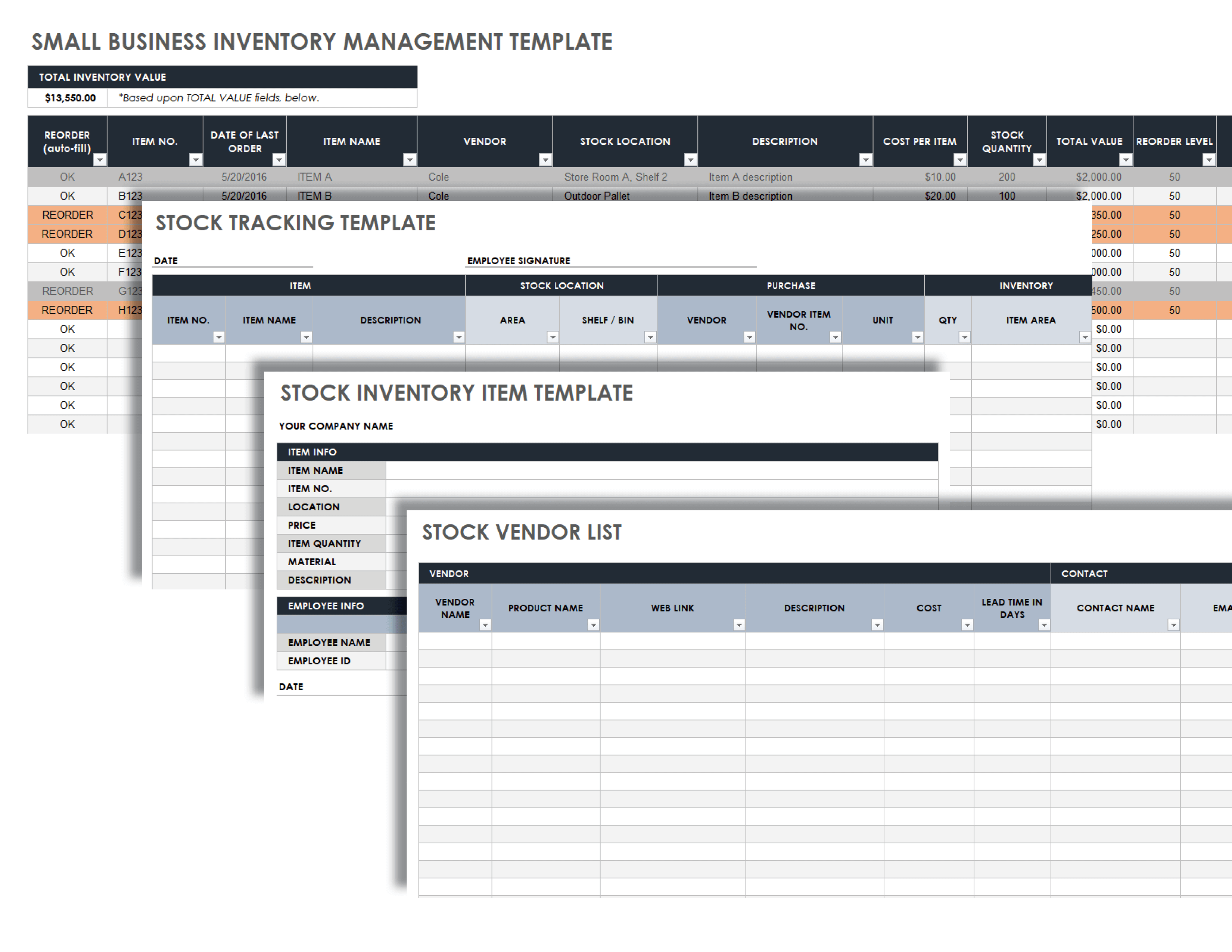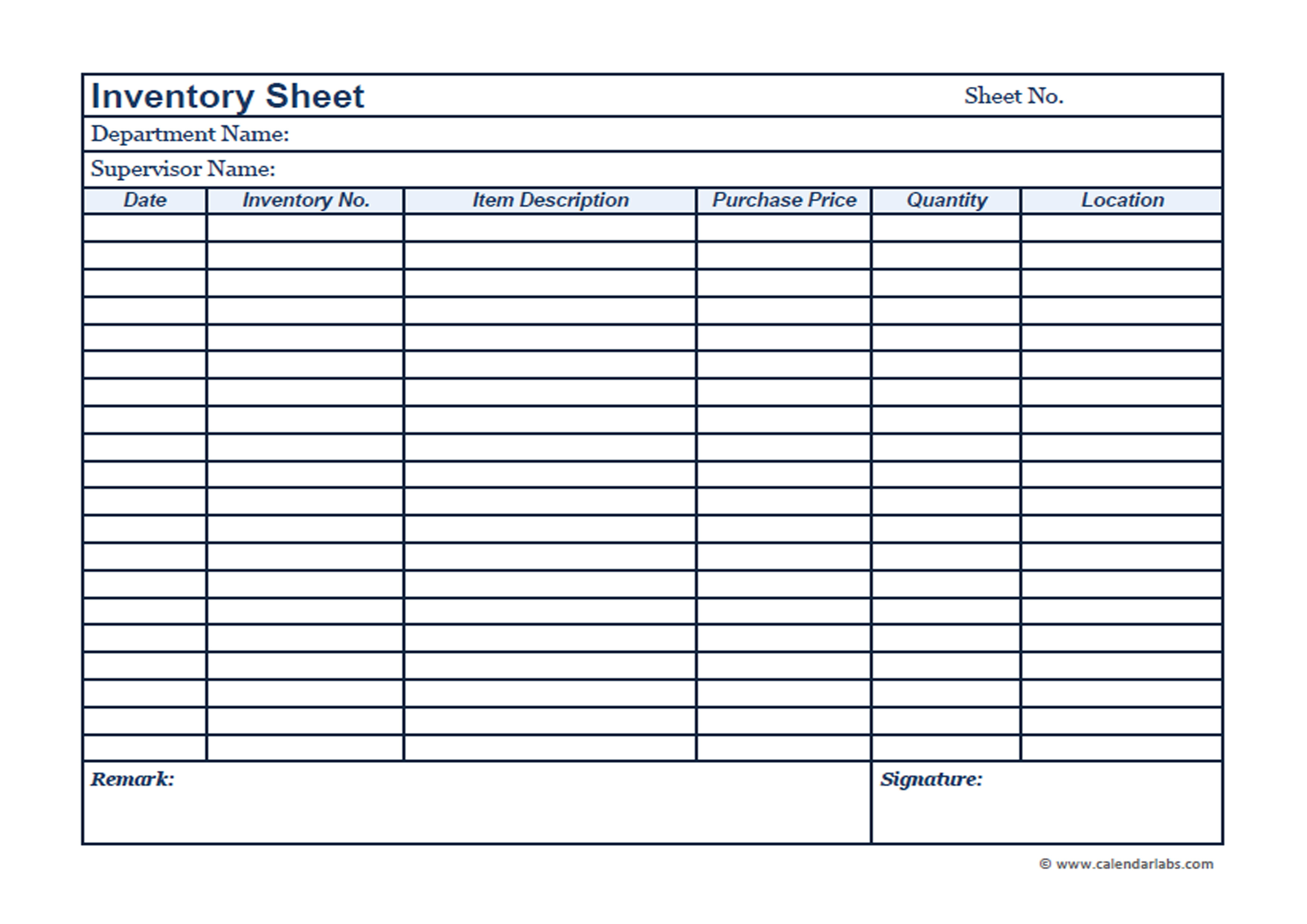Keeping inventory small business is a crucial aspect of running a successful small business. By maintaining lean inventory levels, businesses can reduce costs, improve cash flow, and increase efficiency. This guide will explore the strategies, techniques, and best practices for keeping inventory small business, empowering small businesses to optimize their inventory management and achieve greater profitability.
In today’s competitive business environment, it is essential for small businesses to adopt effective inventory management practices. By implementing the principles Artikeld in this guide, businesses can gain a competitive advantage and position themselves for long-term success.
Inventory Management Strategies for Small Businesses

Maintaining a lean inventory can provide numerous benefits for small businesses, including reduced storage costs, improved cash flow, and enhanced operational efficiency. Implementing just-in-time inventory systems, where inventory is received only as needed for production or sale, can further optimize inventory management.
Successful Inventory Management Practices
- Regular inventory audits: Conducting regular inventory audits helps identify discrepancies and ensures accurate inventory records.
- ABC analysis: Categorizing inventory items based on their value and demand helps prioritize inventory management efforts.
- Safety stock optimization: Determining optimal safety stock levels minimizes the risk of stockouts while avoiding excessive inventory.
Techniques for Reducing Inventory Levels
Optimizing inventory levels without compromising customer service is crucial for small businesses. This section explores effective techniques to reduce inventory while maintaining excellent customer satisfaction.
Safety stock serves as a buffer against unexpected demand fluctuations. Determining appropriate safety stock levels involves considering factors like lead time, demand variability, and the importance of the product. Small businesses can use formulas or consult with industry experts to establish optimal safety stock levels.
Use of Technology
Inventory management software streamlines inventory processes, automates tasks, and provides real-time visibility into inventory levels. This technology helps businesses track inventory accurately, optimize stock levels, and reduce manual errors.
Inventory Tracking and Monitoring
Accurate inventory tracking is crucial for small businesses to maintain efficient operations, avoid overstocking or stockouts, and optimize cash flow. Manual inventory tracking methods involve physically counting and recording stock levels, while automated systems use software or mobile apps to streamline the process. Barcodes and RFID technology provide efficient ways to track inventory by scanning unique identifiers attached to products, enabling real-time visibility and reducing errors.
Inventory Tracking Methods
Manual inventory tracking requires physical verification and record-keeping, suitable for small businesses with limited inventory. Automated systems, such as inventory management software or mobile apps, provide real-time updates, reduce errors, and offer advanced features like stock alerts and reorder notifications.
Barcodes and RFID Technology, Keeping inventory small business
Barcodes are machine-readable labels containing product information, enabling quick and accurate scanning. RFID (Radio Frequency Identification) technology uses radio waves to identify and track items, providing greater accuracy and efficiency in inventory management.
Inventory Forecasting and Planning

Inventory forecasting plays a pivotal role in maintaining a lean inventory by enabling businesses to anticipate future demand and optimize their inventory levels accordingly. Accurate forecasting helps businesses avoid stockouts and excess inventory, both of which can negatively impact profitability.
Methods for forecasting demand include:
– Historical data analysis: Analyzing past sales data to identify patterns and trends.
– Market research: Conducting surveys and gathering data on market trends and customer preferences.
– Trend analysis: Identifying long-term trends in demand based on factors such as economic conditions and industry growth.
Optimal inventory levels are determined by considering factors such as:
– Lead time: The time it takes to receive inventory after placing an order.
– Safety stock: The buffer inventory held to mitigate the risk of stockouts.
– Demand variability: The fluctuation in demand over time.
By combining forecasting and planning, businesses can ensure that they have the right inventory at the right time, minimizing waste and maximizing profitability.
Historical Data Analysis
Historical data analysis is a fundamental method for inventory forecasting. By examining past sales patterns, businesses can identify trends and seasonality that can be used to predict future demand.
– Time series analysis: Statistical techniques used to analyze historical data and identify patterns over time.
– Regression analysis: Mathematical models used to predict demand based on historical data and other variables.
– Moving averages: Calculations that smooth out fluctuations in data to reveal underlying trends.
Market Research
Market research provides insights into customer preferences and market trends, which can be invaluable for inventory forecasting.
– Surveys: Collecting data from customers through questionnaires or interviews.
– Focus groups: Gathering feedback from a group of customers to gain qualitative insights.
– Competitive analysis: Monitoring the inventory and pricing strategies of competitors.
Trend Analysis
Trend analysis involves identifying long-term patterns in demand based on factors such as economic conditions, industry growth, and technological advancements.
– Economic indicators: Monitoring economic data such as GDP growth, interest rates, and unemployment rates.
– Industry analysis: Studying industry reports and publications to identify growth trends and market opportunities.
– Technology trends: Keeping track of emerging technologies and their potential impact on demand.
Inventory Control and Optimization
Inventory control is the practice of managing inventory levels to ensure that a business has the right amount of inventory on hand to meet customer demand while minimizing waste and storage costs. It is a critical aspect of supply chain management for small businesses, as it can help them improve efficiency, reduce costs, and increase profitability.
There are a number of inventory control techniques that small businesses can use, including:
- ABC analysis: This technique involves classifying inventory items into three categories (A, B, and C) based on their value and usage. A-items are the most valuable and frequently used items, while C-items are the least valuable and least frequently used items. Small businesses can use ABC analysis to focus their inventory management efforts on the most important items.
- EOQ models: EOQ (economic order quantity) models are used to determine the optimal quantity of inventory to order at a time. These models take into account factors such as demand, lead time, and storage costs to help small businesses minimize their total inventory costs.
In addition to these techniques, small businesses can also use inventory optimization software to improve their inventory management. This software can help businesses track inventory levels, forecast demand, and generate reports that can be used to make informed inventory decisions.
Summary: Keeping Inventory Small Business

In conclusion, keeping inventory small business is a multifaceted endeavor that requires a comprehensive approach. By embracing lean inventory strategies, utilizing technology, and implementing effective tracking and forecasting methods, small businesses can optimize their inventory management, reduce costs, and improve their overall profitability. Remember, inventory management is not just about keeping track of stock; it’s about gaining control over your business’s financial health and driving growth.
Frequently Asked Questions
What are the benefits of keeping inventory small business?
Keeping inventory small business offers numerous benefits, including reduced storage costs, improved cash flow, increased efficiency, and enhanced customer satisfaction.
How can small businesses implement just-in-time inventory systems?
Small businesses can implement just-in-time inventory systems by partnering with reliable suppliers, establishing clear communication channels, and utilizing technology to monitor inventory levels and automate reordering.
What are some examples of successful inventory management practices implemented by small businesses?
Successful inventory management practices implemented by small businesses include using inventory management software, implementing safety stock levels, and conducting regular inventory audits.